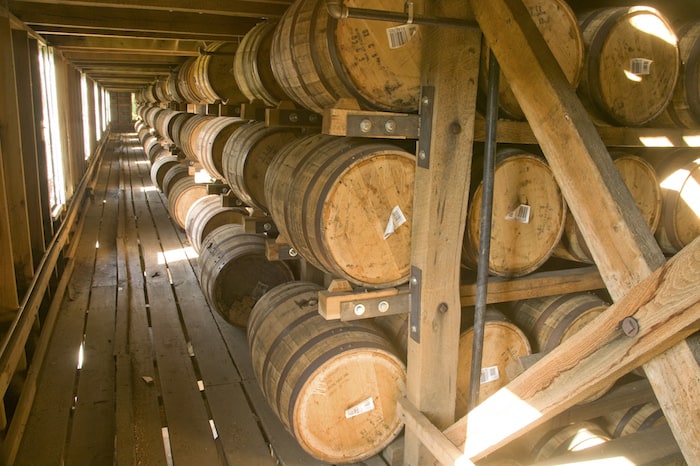It’s hard to overstate the importance of malted barley for whiskey. Single malt Scotch, of course, is made from 100% malted barley, as is some Irish whiskey, Japanese whisky, and a host of other malt whiskies produced around the world. It also plays a key role in the production of American bourbon and rye, where it typically makes up 5% to 15% of a mash bill. And the reason it’s so important (beyond it’s biscuit-y, fruity, complex flavor) can be summed up in a single word: enzymes.
Malted barley is chock full of enzymes, and here’s why. Malt is just a grain that’s been sprouted, then quickly dried and kilned before it turns into a plant. That process releases a flood of enzymes within the grain with the purpose of transforming the starchy endosperm (the stuff we make white flour out of) into sweet sugars that the baby plant can quickly access for a burst of energy to make leaves, set roots into the soil, and start growing.

By drying and kilning malt at the just right moment, malsters preserve those enzymes within the malted grain. Malted barley is so potent with enzymes (described as having “high diastatic power”) that it acts as a catalyst inside the mash tun, converting any available starch, even those from other grains like unmalted corn, rye, and wheat, into the sugars yeast need to produce alcohol. Without enzymes, making alcohol of any kind—beer, whiskey, whatever—out of grain would be impossible. Perish the thought!
But hold up, I can hear you say. What about those whiskeys that don’t contain malted barley, like the many craft whiskeys made from 100% rye, or even the occasional 100% wheat whiskey?
The answer lies with commercial diastase enzymes, products that replicate the diastatic power of malt. The use of commercial enzymes is banned in Scotland, but it’s common practice in the United States. Many distillers (including large bourbon distillers, although few openly discuss the practice) rely in part on enzymes for their starch-to-sugar conversions. It only takes a small amount of these powerful compounds to transform a starchy, floury grain soup into sweet, yeast-friendly porridge.
The introduction of commercial enzymes has made it possible to make whiskey out of mash bills that don’t contain malt, and to get better conversion rates (i.e. turn more starch into more sugar to get a better alcohol yield) from mashes that do contain malted barley. So the real question is this: Does it negatively impact the flavor? Some purists, including the Scotch industry, aren’t willing to take the chance. But others claim that the more powerful and more predictable action of commercial enzymes actually gives distillers more control over their saccharification and, therefore, the consistency and resulting flavor of their products.
Ultimately, everything a distiller does makes a difference in the flavor of their final product. It’s hard to pinpoint whether flavor changes might be due to adding or dropping malted barley from a mash bill, since it has a lot of flavor of its own, or whether they come from the enzyme itself. And without knowing which big brands use enzymes and which don’t, it seems impossible to say.



